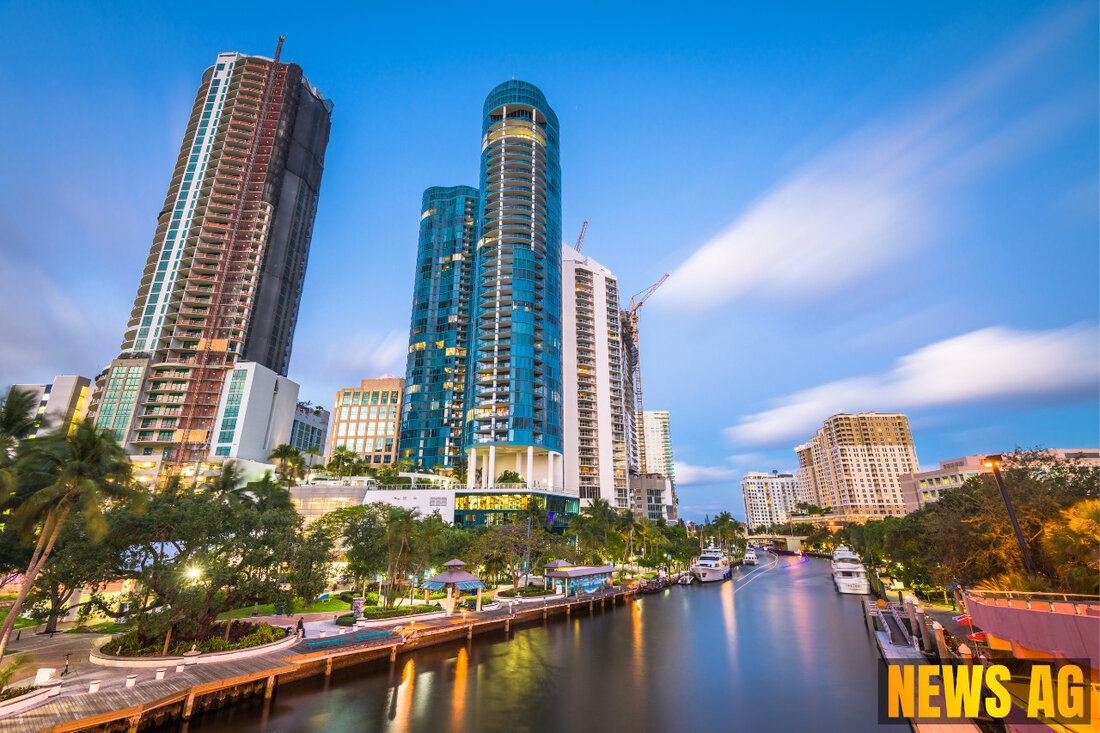Cocaine Bonanza: $2 Million Worth Found on Alabama and Florida Beaches!
Cocaine worth $2M was found on Baldwin County Beach, Alabama, and Walton County Beach, Florida, highlighting trafficking concerns.

Cocaine Bonanza: $2 Million Worth Found on Alabama and Florida Beaches!
In a surprising turn of events, two U.S. beaches recently became the unintentional backdrop for a significant drug discovery. Cocaine-filled boxes, estimated to be worth around USD 2 million, washed ashore at Baldwin County Beach in Alabama and Walton County Beach in Florida, bringing the ongoing battle against drug trafficking into sharp focus.
The first discovery occurred at Baldwin County Beach, where beachgoers found a floating bundle containing 50 bricks of cocaine, all wrapped in black plastic. Weighing in at an impressive 110 pounds, this cache carries an estimated street value of USD 1.5 million, highlighting the significant scale of illicit drug transportation occurring within U.S. waters. Following closely on its heels, Walton County Beach was the scene of another striking find: a beachgoer stumbled upon nearly half a million dollars‘ worth of cocaine—a whopping 25 kilograms bearing the distinctive mark of Yosemite Sam. The Walton County Sheriff’s Office acted swiftly, confirming the confiscation and documenting the drugs into evidence, underscoring their commitment to curbing local drug trade.
Waves of Trouble
The incidents echo broader trends identified by the Gulf Coast High Intensity Drug Trafficking Area (HIDTA), which serves as a critical transit point for Mexican drug trafficking organizations. According to the Gulf Coast HIDTA, this region is a highway for transporting significant quantities of drugs to cities like Atlanta, Georgia. Popular drugs in transit include not only powder cocaine but also ice methamphetamine and commercial-grade marijuana.
Interestingly, some law enforcement agencies within this corridor have reported a shortage of wholesale cocaine supplies, reflecting the changing dynamics in drug trafficking. Despite these complexities, cocaine—both in its powder and crack forms—remains the most frequently identified illicit substance in treatment admissions across the region.
The rise in these drug seizures, particularly along Florida’s beaches, poses both challenges and opportunities. Local authorities remind the public to steer clear of any suspicious packages they might encounter, emphasizing that the contents could be potentially dangerous. These warnings are a stark reminder of the significant threats presented by controlled prescription drugs (CPDs) and other narcotics, continuing to plague communities across the Gulf Coast.
What Lies Beneath the Surface
These recent discoveries don’t just highlight the rampant drug trafficking; they also open a window into the methods used by traffickers. The Gulf Coast serves as a strategic route for transporting drugs from the Southwest Border to major urban areas. As the assessment indicates, Mexican drug trafficking organizations are likely to persist in using these highways to push their product deeper into U.S. markets.
In the face of such challenges, local law enforcement’s efforts to combat drug abuse and trafficking are more critical than ever. With each discovery like those seen recently on Alabama and Florida beaches, community awareness about the implications of drug trafficking sharpens. Citizens are encouraged to remain vigilant and actively participate in keeping their neighborhoods safe.
As Florida’s beaches bask in sunshine, the shadows of the drug trade continue to loom, reminding us all that vigilance is key. The fight against drug trafficking affects us all, and keeping our beaches safe requires ongoing community and law enforcement collaboration.
